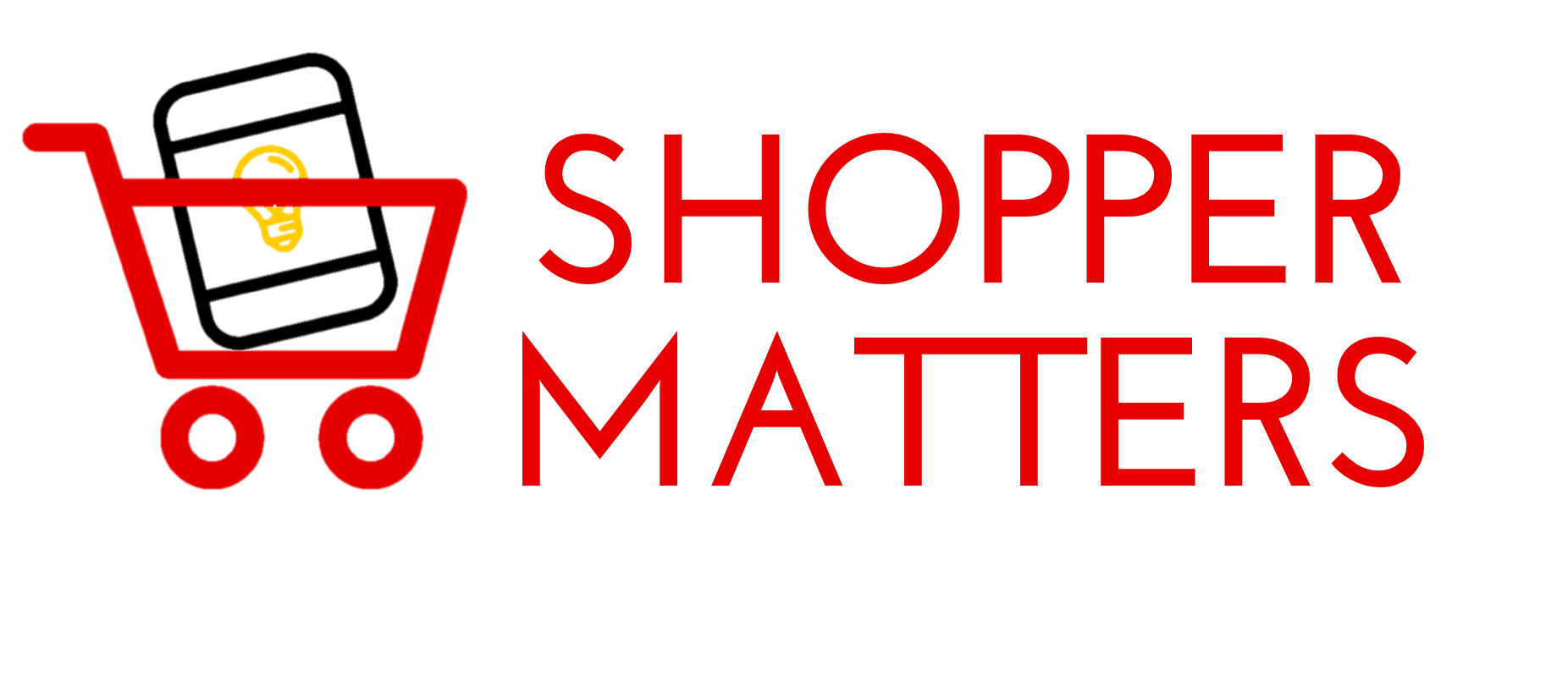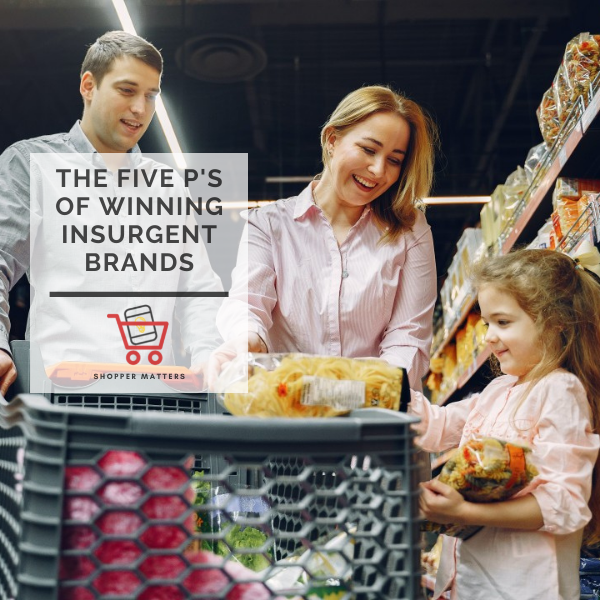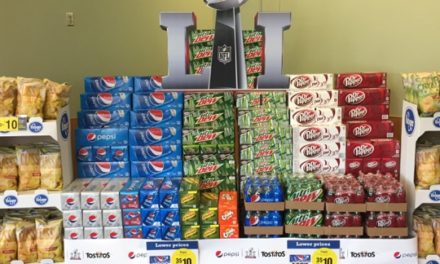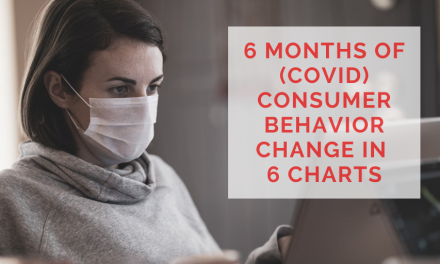Insurgent Brands are Winning Against Iconic brands
It is exciting to work with small brands. Many are capturing more than their fair share of growth. Brands have taken share from big brands and upset entire categories, and become known as insurgent brands.
Think White Claw seltzer challenging AB InBev beer and seltzers, Birch Benders making a run for iconic Quaker’s Aunt Jemima pancake mix, or Tito’s vodka stealing share from the powerhouse Smirnoff brand. Or what made Halo Top the number one selling ice cream brand upsetting multiple iconic ice cream brands?
How did they do it, and what are the steps to take when creating a charger brand to disrupt the marketplace?
They wisely apply The 5 “P’s” of Winning Insurgent Brands.
I. Plan Wisely
Create a solid business plan with a clear vision and mission to fulfill unmet consumer needs. As needs change, nimble brands can meet needs faster, cheaper, and in a differentiated way. Winning at innovation solves real problems, which typically requires reverse engineering how consumers consume things.
Communication of an authentic brand story can help further set the brand apart. The proliferation of sales channels, particularly online, opens up access to consumers outside of traditional retail. Insurgent brands can pursue niche opportunities to gain initial traction.
Develop a Go-to-Market business plan which addresses how you will build distribution, awareness, and trial. Activate the brand in innovative ways to gain attention.
The brand needs to be visible, memorable, and focus initially on the core SKUs before layering on innovation.
Include a realistic financial plan to understand when you will be profitable. You will need this to attract investors and sell into new retail channels.

II. Product Research & Development
Do your homework and get unbiased feedback about your products. Family and friends may tell you what you want to hear, but getting real feedback from your target customers is more important.
Consumer testing the key assumptions is optimal. Make sure there is a desire for your products and that you have at least one unique yet desirable feature versus the competition.
Qualitative research (interviews and focus groups) is a good place to start, and once the initial hypotheses are vetted, it is worthwhile to quantitatively test with the target consumers.
Keep in mind that most new products fail in the first year or two. Various market research vendors quote anywhere from 50-95% failure rate.
III. Package Design
Make sure your brand creates an emotional connection with the consumer. The product’s package needs to stand out on the retail shelf and online. The pack needs to gain attention, be easy to find, communicate the proposition and make limited claims.
Additional claims can go on the back. Make sure consumers can find the right one – and not get confused among your offerings or the competition.
Nobody likes to get home and figure out they grabbed the wrong item. Unique pack structures can help to differentiate the brand and help drive sales.
Consumers are becoming more discerning about sustainability, and it is increasingly impacting their purchase decisions, yet they are still demonstrating limited interest in paying extra for more sustainable packaging.

IV. People Expertise
You can’t be the expert in everything – seek wise advisors with subject matter expertise and trust their knowledge, skills, and insights.
You are not the first person to launch a brand, and many brands fail early by not following best practices, which you can learn from seasoned advisors. This can be done by leveraging consultants, agencies, and fractional employees for assistance. Each can help you get the subject matter expertise you need as you grow.
V. Proactive Attitude
Be nimble and adjust quickly. Consumer behavior and the competitive landscape are always changing, so don’t get stuck; instead, adjust.
Try various marketing tactics to drive awareness, trial, and encourage repeat. Look at the data and adjust accordingly. Keep agile and look for future innovation opportunities.
Some of the biggest brand innovation wins are due to brands introducing timely variants (like Paleo or Keto) or by adding new on-trend flavors.
=======================
If you are interested in a free, no-obligation 20-minute consultation, reach out to Growth Brands via our website. We welcome the opportunity to discuss issues you are facing with your brand. We can even tell you more about White Claw taking on AB InBev and share our insights on how and why they succeeded.





